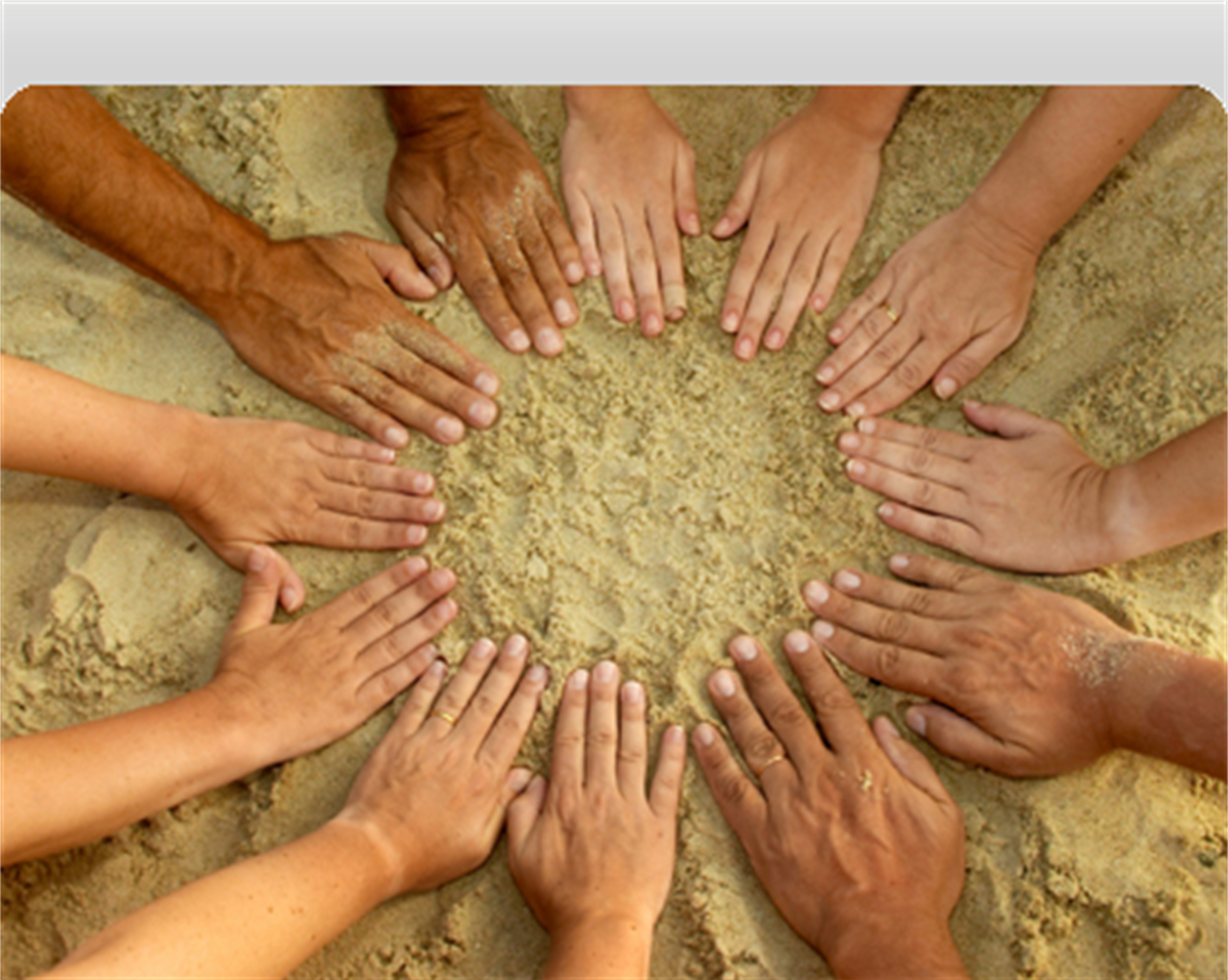Non profit
Social enterprises’ virtuous circle
Interview with Dr. Emma Clarence on how social enterprises are helping to improve social cohesion

The global economic downturn and high unemployment rates are being blamed for the recent rise in the number of extreme right political parties across Europe.
From the National Front party in France to the Jobbik party in Hungary, parties advocating to exclude certain groups from society have become all too common in Europe.
Strengthening the social economy and increasing the presence of social enterprises, in Europe, might be part of the solution to the economic down turn and to issues relating to social exclusion.
Vita Europe talks to Dr. Emma Clarence of the OECD’s Local Economic and Employment Development (LEED) Center, in Trento, Italy. An expert on social exclusion and the role of the social economy, Clarence explains the role social enterprises play in creating more socially inclusive economies.
What is the LEED program?
The LEED program works on local economic and employment development.
Formed in 1982, kin to one of the many economic crises, we were established to deal with the local problems that emerged as traditional industries were closing, like coal mining and ship building, in countries like Germany, France, UK and Italy.
The Trento centre, which focuses on Central and Southern Eastern Europe and the OECD enhancement engagement countries, was established in 2004. It was born out of the recognition that these were key countries to work with.
Our background is working at the local level. We look at how we can make communities and local regions more resilient and more able to address global challenges.
What impact does social exclusion have on a society as a whole?
I think that it has a huge impact in terms of social cohesion. In that sense that if you have people, whoever they are, effectively excluded from society then you have issues to do with social cohesion. Interestingly enough that actually flows through to a huge range of issues.
Some of our own research has highlighted that areas with higher levels of social cohesion are more attractive territories for companies to invest in. So it’s sort of a virtuous circle: if you have a good level of social cohesion then you are going to get more jobs and help stimulate economic growth, which leads to higher level of social inclusion.
What is a social organization?
There are a few ways of seeing social economy organizations. There are those which provide goods and services to a specific target group. Then, there are those that employ the target group and provide goods and services. Finally, there are those broader organizations who are not actually economically productive, for example associations, but contribute through social capital development and creating social cohesion.
What role do social organizations play in tackling social exclusion?
They play an absolutely critical role and in a variety of ways. Not only can they help bring people back into the labor market, through work integration programs, but they can also help build social capital within communities. Moreover, they can help cross boundaries between people who don’t normally meet or mix. Also, I think that they can highlight the productive value of groups that are traditionally seen as not being economically productive, such as the disabled, who can actually make a really valuable contribution to society.
But I suppose I would like to just put a slight caveat on this and say, I think it’s important that we don’t focus on social enterprises as the panacea for all ills. It’s important that governments recognize that there are limitations to what they can do, and that they do often need long term support for the groups that they are working with.
They’re not a quick fix to addressing really long complex issues.
Can you give any examples of best practices?
Moziac is a Slovenian example of a mixed social enterprise. It employs disabled people in an agricultural area while it tries to retain some of the traditional cultural practices and agricultural produce of the area.
Café Hamlet, based in Krakow, Poland, is a social enterprise which employs people with mental disabilities – predominantly female. The mental disabilities range from long term depression through to learning difficulties. The Café is actually in quite a touristy area of Krakow, so it isn’t only focused on serving people who are also mentally disabled. It’s a commercial venture, in the sense that it’s engaging in wide economic activity, but one that provides support to the people that work there.
Are there examples of countries that have been supportive of social enterprises and countries that have been resistant to these types of organizations?
I don’t think you can use the term resistant, I think it’s more not a focus, and also a lack of awareness.
You need to remember, in Central and Eastern Europe the use of the word co-operative is very problematic. That is something we are really aware of when we work with these countries. When you talk about co-operatives it comes with a whole baggage to do with forced co-operatives during the communist era. So in that sense there has been a lack of awareness of the wider idea that is the social economy and social enterprises.
But I certainly think that it’s developing, in the work that we do, we’ve seen a real growth of interest. How that is translated into actual government support or government activity is the next step.
Governments, like Slovenia’s for example, are being very supportive in terms of the development of the social economy. They are starting to develop new strategies to support the development of the sector.
Then there are other countries that are less developed in terms of their interest in social enterprises. That is not to say that social economy organizations are not evolving in these countries, but that they are doing so without the supportive environment that other countries have.
How important is it to share best practices? Can best practices be copied and transplanted into other countries?
Absolutely sharing best practices is part of what we do. When we write reports for countries we always provide examples of what is happening in other countries.
We do share good practices but we also talk about what doesn’t work, because learning about what does and what doesn’t work is equally as important.
But we never see it as, well pick up a model and drop it somewhere, because you really do need to situate it in the historical and cultural environment in which these organizations will operate.
There is no point in me going into an ex-communist country and saying, “look there is this great best practice of a co-operative in Italy”, because as soon as you say the word co-operative people just go, “NO, no thank you.”
It seems a really silly linguistic thing, but it’s not. It’s important to recognize that there is this hostility towards this term.
One of the benefits that we see with social organizations is that they are inclusive in the sense of involving users, employees, managers and other stakeholders, in terms of designing strategies and program development and implementation. As soon as you start to say that and then use the word co-operative, they are more open to the idea, because that is not there idea of co-operative.
To find out more about the LEED program visit the OECD web site at:
http://www.oecd.org/
Si può usare la Carta docente per abbonarsi a VITA?
Certo che sì! Basta emettere un buono sulla piattaforma del ministero del valore dell’abbonamento che si intende acquistare (1 anno carta + digital a 80€ o 1 anno digital a 60€) e inviarci il codice del buono a abbonamenti@vita.it
